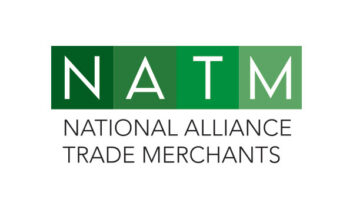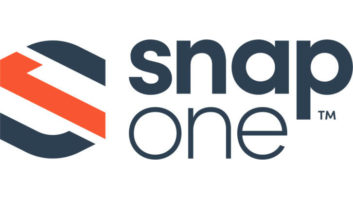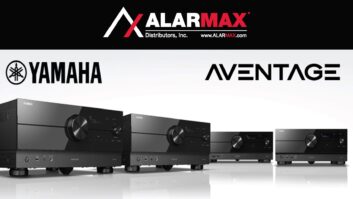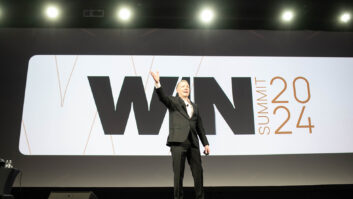In a contrarian presentation to NATM members during the buying group’s annual meeting here last week, industry consultant Adam Levin urged dealers to downplay their traditional strength in floor sales and adopt some of the traffic-generating loss leader practices of the national chains.
Levin, the principal of Levin Consulting, offered up the strategy as a way for the regional businesses to blunt Best Buy’s relentless market share gains and Wal-Mart’s coming entry into higher-end, big ticket CE products.
Warning that “Wal-Mart is going to get higher in all product categories, and will be No. 1 in big screen TVs in two years,” he suggested that NATM dealers borrow a page or two from the big boys’ own play books. The goal: to increase foot traffic by projecting a value image and providing more self-serve areas in stores.
“Traffic is the key to success,” Levin stressed. “You’ve got to bring customers in the door.”
He noted that driving traffic is a fundamental strategy of Best Buy, which can draw upwards of 5,000 shoppers per store with the release of a hot new movie title. Once there, those customers a more than likely to “buy lots of other stuff,” he said.
To create a value image for their own chains, Levin implored NATM dealers to rethink core tenets of their high-end, full-service business models. Among his suggestions:
- Consistently undercut Wal-Mart on a selection of small-screen tube TVs, and offer “a lot of low-end portable audio.”
- Add quick-turn, self-serve categories like DVD, music and video game software.
- Carry low-margin categories like PDAs, which provide “no profit but drive customers in the door.”
- Attract customers with generous credit terms and free-with-purchase promotions.
Levin noted that while consumers are “totally driven by value,” their perception of value retailers is driven by more than just price. Case in point: Fry’s, which conveys a value image through the “haphazard” look of its selling floors, although its prices are generally higher than those of most NATM dealers, he said.
Merchants can also create a value image through the use of loss leaders and consistent advertising. ” You should have a $69 DVD player in every single ad every week,” Levin said, arguing that quality is a non-factor for consumers if the price is low enough. “We live in a throwaway society,” he noted. “Don’t fight consumer behavior.”
Levin also cited consumers’ aversion to salespeople, whom he described as the No. 1 hindrance to supplementary purchases. Why? In their rush to write up and secure the initial sale, they preclude consumers from doing additional shopping, he said.
To support his point, he cited direct seller Dell, which is now No. 1 in sales of home PCs; Costco, which provides detailed product information via point-of-sale material; and BestBuy.com, which is visited by 25 percent of Best Buy’s middle-income customers before they make an in-store purchase.
“If you want to sell more,” he said, “add more facings — make your portable audio all pegboard — because consumers are more likely to buy if there’s no salesperson there.”
Likewise, he cautioned, “If you don’t have an informational Web site, you won’t survive.”
Two glaring exceptions to national discounters’ market dominance were cited during a preceding presentation by analysts Tom Edwards and Jim Fleegal of NPDTechworld. According to their data, NATM member American boasts the highest average audio ticket in all of U.S. retail, while fellow NATM member H.H. Gregg ranks among the Top Ten in average ticket size in direct view color TVs.













